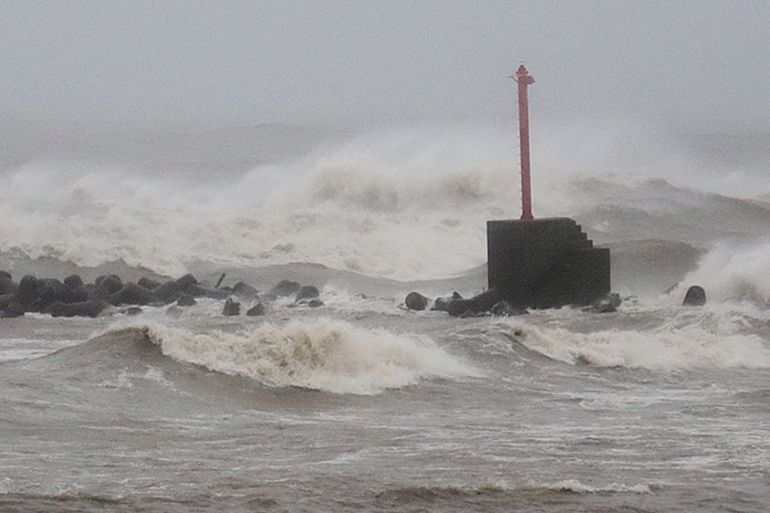Typhoon Noru’s epic journey comes to an end
Downgraded to a tropical depression, the remnants of the cyclone are still dropping large amounts of rain over Honshu.

Typhoon Noru is no more. Downgraded to a tropical depression, it will be remembered as the third longest-lived typhoon on record and the longest since Typhoon Rita in 1972. It is also the most powerful cyclone of 2017.
Noru (a Korean word for deer) began life as an area of low pressure which fed on a combination of favourable vertical winds and sea surface temperatures of 29C. It became a tropical depression on July 21.
Keep reading
list of 4 itemsAfter the Hurricane
World’s coral reefs face global bleaching crisis
Why is Germany maintaining economic ties with China?
Noru strengthened to become a tropical storm just a few hours later – the fifth tropical storm in the Northwest Pacific this year.
Noru was upgraded to a typhoon at 12:00 GMT on July 23. Almost immediately afterwards it began to interact with nearby tropical storm Kulap, undergoing the Fujiwara effect. This causes both storms to be attracted to one another, sufficient to change their tracks.
It resulted in Noru tracing an anticlockwise path around the Pacific before it pulled away from Kulap.
Noru began to head westwards on July 27, intensifying to become the equivalent of a category 5 hurricane on the five-point Saffir Simpson scale, with sustained winds of 258kph.
‘Fish storm’
Up to that point, Noru was of largely academic interest, developing and deepening over a relatively empty part of the Pacific. The term “fish storm” could be fairly applied to this cyclone.
Over the next few days, Noru weakened all the way to a tropical storm before undergoing a rapid intensification, increasing to a category five system on July 30.
It was at this stage that Noru interacted with Japan’s southern Ryukyu Islands, dropping an astonishing 504mm of rain in 24 hours on Naze, and more than 600mm of rain in 48 hours.
By the time it began to impact on Kyushu, it had weakened to a category 1 system. Although the amount of rain it produced was still very impressive, 200mm of rain was commonplace. Even on Honshu huge rainfall totals have been recorded, with 213mm at Owase and 263mm at Nikko.
Despite numerous landslide warnings, no significant landslides have been reported as yet.
The death toll remains at two, thankfully low when compared with the system which brought flooding to Kyushu last month, killing 36 people, with four missing.